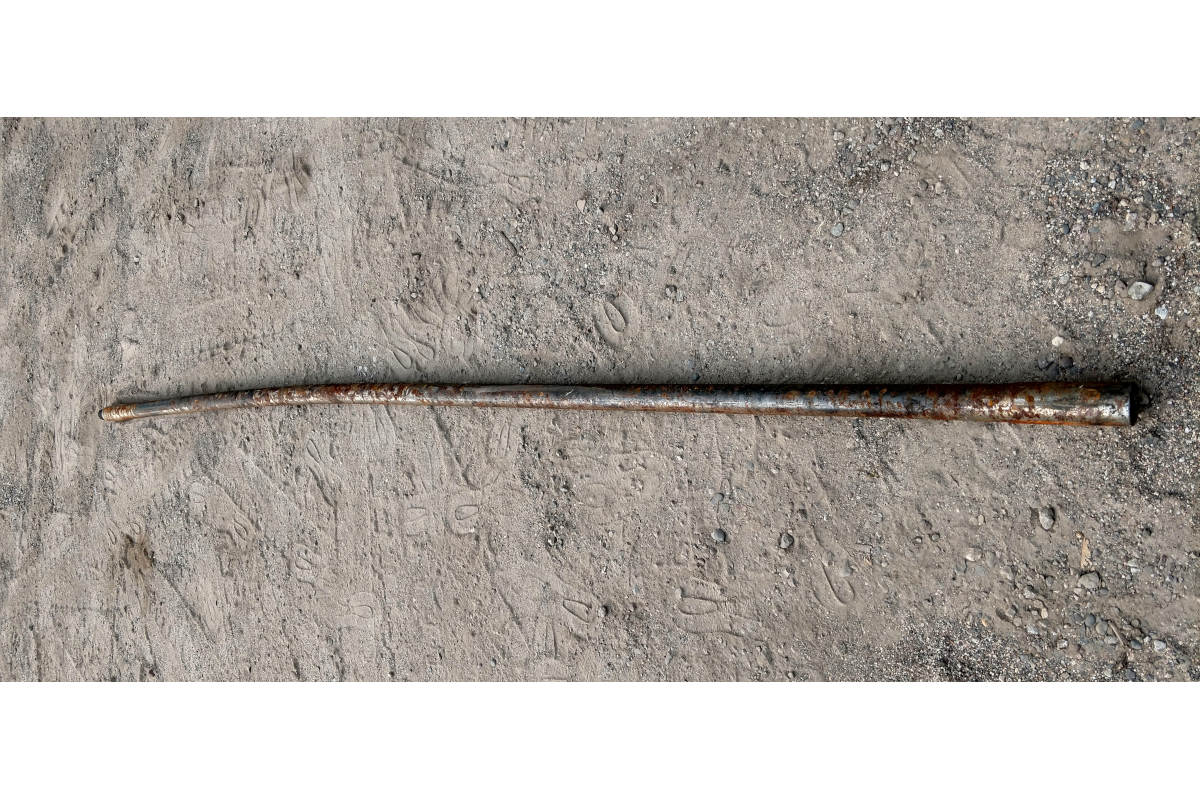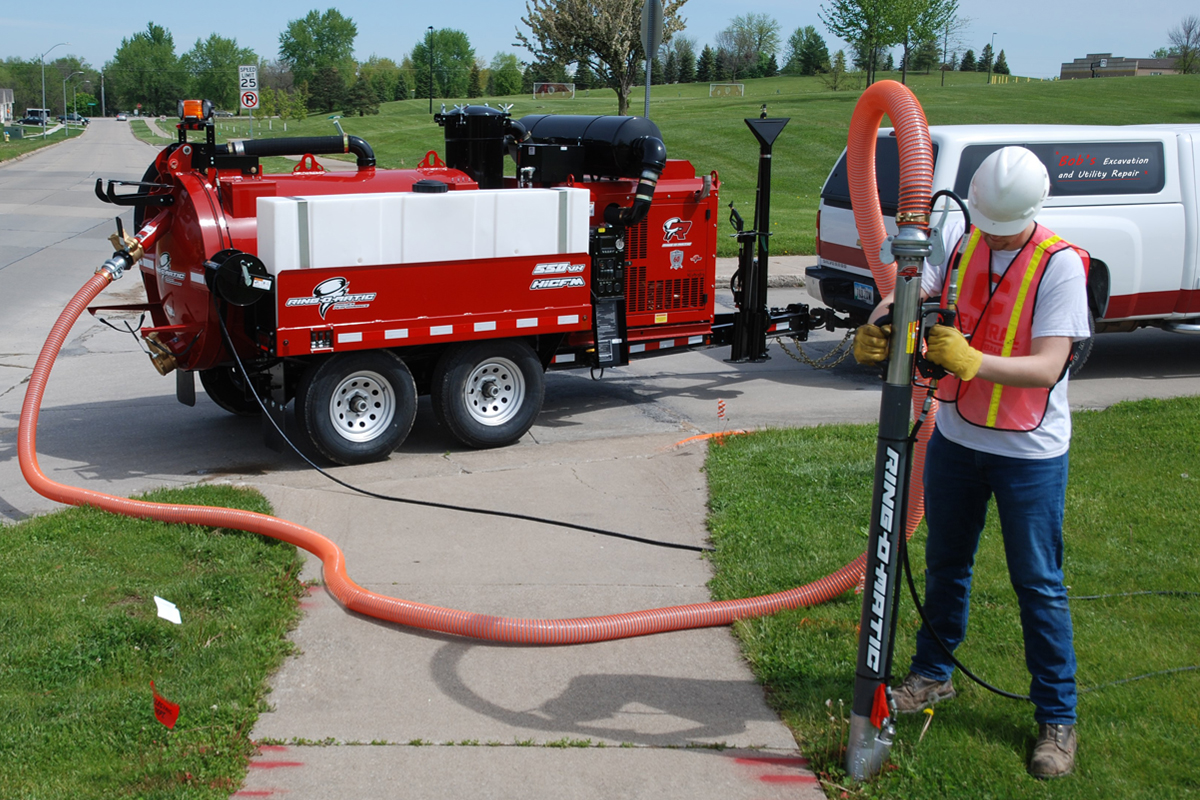Drill Master: Drilling Fluids With Solids Removal Systems
As more utility contractors are moving up to larger rigs, they are also moving toward the use of solids removal (solids control) systems. These solids control systems are not “stand alone” units. They are part of the drilling fluid system along with the drilling fluid and the fluid pump.
Solids control equipment doesn’t like high viscosity fluids. High viscosity fluids don’t pass through shaker screens as easily as lower viscosity fluids. They tend to create surface tension that can “blind” the screen openings and cause the fluid to pass off the end of the shakers. The viscosity problem continues on to the hydro-cyclones (desanders and desilters). Each size hydro-cyclone operates most efficiently within a certain pressure range. If the available pump pressure of the pump feeding the hydro-cyclone is being used up in moving the fluid, the efficiency of the hydro-cyclone is greatly reduced.
The viscosity problem may be coming from building too much viscosity with drilling fluid additives (bentonite and polymers). However, the problem can easily come from high solids content in the slurry that is being pumped from the sump up to the solids control unit.
What can we do about this?
Pump more fluid when backreaming. This is one reason that these larger rigs we’re using have larger pumps. They are extremely necessary when back-reaming because of the larger reamers we’re pulling and, therefore, more soil being cut. This means more solids being created in the slurry. If you don’t have a larger pump, then slow down in order to maintain a lower solids content and therefore, a lower slurry viscosity.
When adding water to the system, add it at the sump pit or at the shakers so that the thinning effect from any water additions will help the separation equipment be more efficient. Add anything that thins the fluid as early as possible, at the sump for example. Anything that thickens the fluid should be added to the system as late as possible, at the pump suction pit for example.
When mixing fluid additives through a venturi or any other type of mixer, mix the material slowly over an entire circulation (tanks plus hole volume) or multiple circulations. This will give some assurance that the fluid and slurry is consistent throughout the system.
Let’s remember that the fluid cleaning systems are designed to clean fluids. They are not designed to clean sludge.
Polymer additives
Certain polymer additives used routinely in utility HDD on a sacrificial basis can cause problems if mixed incorrectly or in high concentrations when using solids control equipment. PHPA polymers can cause a coating action on screens, making them blind off. This is not to say that we can’t use this kind of polymer. We do, however, need to pay closer attention to the way we add the material to the system and where we add it. Drilling fluid additives of any type should never be added ahead of the solids control equipment, always behind it in the suction section.
Other dry polymer additives also need to be added through a venturi hopper slowly over a full circulation. This slow, even mixing also helps prevent balls of dry polymer from forming. There are some other tricks to prevent these from forming. We may want to coat the dry polymer with some vegetable oil before it’s added. We may want to hold back some bentonite to mix with the polymer before it’s added. This will put bentonite particles between the polymer particles to keep the polymer particles from forming fish eyes.
Standard venturi mixers can be used for material additions while drilling but the person mixing should remember that flooding the venturi inlet with material will only result in poor hydration and clumping. Add the material slowly! This will allow the mixer to do its job by effectively wetting the material as it is being added.




